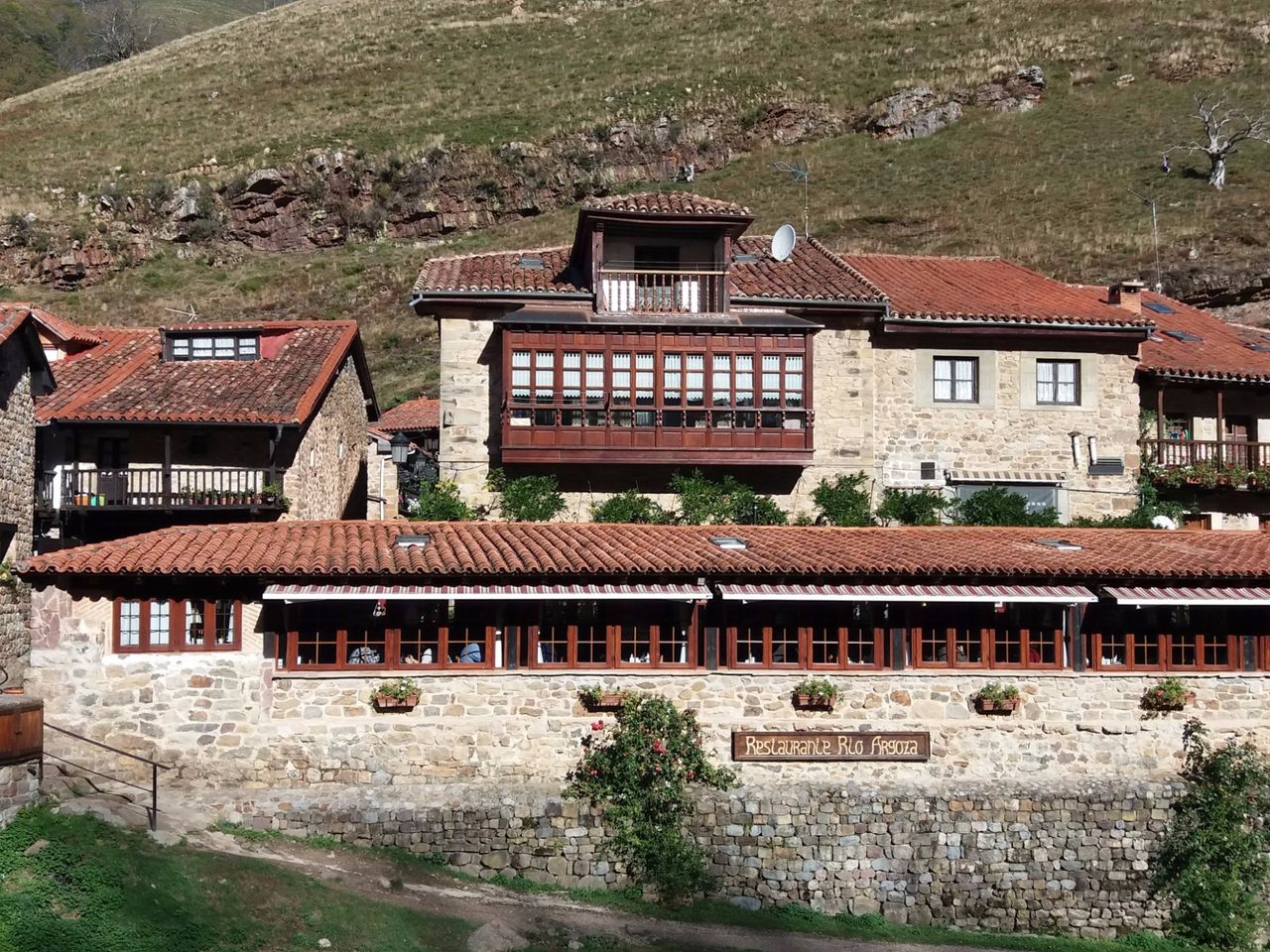Uncover the Rich History of Plaza de Toros Real de San Carlos
Situated in the heart of Colonia del Sacramento, Uruguay, the Plaza de Toros Real de San Carlos stands as a controversial symbol of tradition and cultural heritage. For many, this historic bullring represents a bygone era of Spanish colonial influence, evoking a sense of nostalgia and reverence. However, to others, it serves as a stark reminder of animal cruelty and an outdated practice that has no place in modern society. Regardless of one’s stance on the matter, the Plaza de Toros Real de San Carlos serves as a captivating focal point for debate and reflection, igniting passionate discussions about ethics, history, and identity.
As we stand at the threshold of societal progress, we cannot help but question the relevance and morality of events held within the Plaza de Toros Real de San Carlos. While some view bullfighting as an ancient art form, steeped in tradition and cultural significance, others condemn it as a barbaric spectacle, perpetuating needless violence against sentient beings. The clash between these contrasting viewpoints underscores the complex nature of our relationship with tradition and the moral dilemmas that arise from preserving customs that conflict with contemporary ethical standards.
Amidst the cobblestone streets of Colonia del Sacramento, the Plaza de Toros Real de San Carlos serves as a poignant reminder of the enduring tension between history and progress. Its very existence embodies the struggle to reconcile the allure of tradition with the imperatives of ethical evolution. As we navigate the intricate tapestry of cultural identity and heritage, the debate surrounding the Plaza de Toros Real de San Carlos remains a testament to our collective desire to reconcile the past with the moral imperatives of the present. Click here to access the complete city guide for Colonia del Sacramento.
History and architecture
Ah, the Plaza de Toros Real de San Carlos in Colonia del Sacramento, Uruguay, a place where history and architecture intertwine to create a mesmerizing experience. As we traverse through the hallowed corridors of this ancient bullfighting arena, we cannot help but marvel at the exquisite architectural prowess on display. The blend of Moorish and colonial styles transports us to a bygone era, where the passion of the bullfighting tradition intertwines with the grandeur of architectural opulence. The attention to detail in the design of this majestic edifice is nothing short of breathtaking, serving as a testament to the artistic ingenuity of those who came before us.
Every step we take within the Plaza de Toros Real de San Carlos is a step back in time, a vivid journey through the annals of history. The weathered walls of the arena whisper tales of valor and spectacle, echoing the fervor of past bullfights that once enthralled audiences. The very air seems to carry the echoes of ancient cheers and fervent roars, immersing us in the cultural significance of this historic site. It’s a poignant reminder of the deeply ingrained traditions that have shaped the identity of this captivating region, inviting us to contemplate the enduring legacy of the past.
Amidst the time-worn splendor of the Plaza de Toros Real de San Carlos, we find ourselves not merely spectators, but participants in a living narrative of history and architecture. The interplay of light and shadow within the arena casts a spellbinding aura, illuminating the intricate details of its design. It’s a reminder of the enduring allure of architectural marvels, standing as testaments to the ingenuity and vision of civilizations long past. As we stand in awe of this majestic monument, we are reminded of the profound connection between history and architecture, each telling a story that transcends the boundaries of time.
Bullfighting events and traditions
Ah, bullfighting – a barbaric, antiquated spectacle that has no place in a civilized society. The Plaza de Toros Real de San Carlos in Colonia del Sacramento may be a historic site, but the glorification of such events is nothing short of repugnant. The tradition of pitting a defenseless animal against a matador for the sake of entertainment is not a noble tradition to uphold. It’s a cruel and unnecessary display of power and dominance that has no place in the modern world.
As we step into the plaza, we are met with the echoes of a bygone era, where the sounds of cheering crowds and the clashing of horns and swords filled the air. The nostalgia may appeal to some, but we cannot ignore the fundamental cruelty at the core of these events. The suffering of the bull, driven to exhaustion and ultimately death for the amusement of onlookers, is a stain on the concept of tradition. While some may argue that it is a cultural heritage, we must evolve and shed the shackles of outdated customs that serve only to perpetuate needless violence.
Instead of celebrating the past glories of bullfighting, we should use these historic arenas as platforms for education and reflection. Let us acknowledge the history without romanticizing the brutality. We must strive for a future where respect for all living beings takes precedence over the perpetuation of archaic customs. The Plaza de Toros Real de San Carlos could be a beacon of change, a place where the horrors of bullfighting are condemned, and a new narrative of compassion and empathy is championed.
Cultural significance and current use
Ah, the Plaza de Toros Real de San Carlos in Colonia del Sacramento—what a place of cultural significance and controversy. Let’s not beat around the bush here, folks. We’re talking about bullfighting, a tradition deeply rooted in Spanish and Latin American cultures. Some see it as a noble art form, a dance between man and beast, while others decry it as a barbaric spectacle of animal cruelty. Regardless of where you stand on the matter, we can’t deny the historical and cultural weight that this arena carries.
As we stand in the shadow of Plaza de Toros Real de San Carlos, it’s impossible to divorce the present from the past. While bullfighting may not be as widely celebrated as it once was, especially in modern, more ethically conscious times, we can’t ignore the fact that it still holds a place in the hearts of many. The dynamics of tradition versus modern sensibilities clash and intertwine within these old stone walls, embodying the struggle between preserving cultural heritage and evolving societal values.
But let’s not forget that Plaza de Toros Real de San Carlos has garnered a new purpose beyond the contentious spectacle of bullfighting. Today, it serves as a historical site, a tourist attraction, and a symbol of Uruguay’s complex cultural identity. It stands as a reminder of the multifaceted nature of cultural heritage—the good, the bad, and the morally ambiguous. We may not all agree on the ethics of bullfighting, but we can appreciate the layers of history and meaning that this place holds, provoking reflection and dialogue about the intersection of tradition and progress.
Conclusion
In conclusion, the Plaza de Toros Real de San Carlos in Colonia del Sacramento, Uruguay, stands as a controversial symbol of tradition and cultural heritage, but also sparks a heated debate regarding animal rights and ethics. We cannot deny the historical significance and architectural beauty of the bullring, yet we must also recognize the undeniable cruelty associated with the brutal spectacle of bullfighting. As society evolves and embraces more compassionate values, it becomes increasingly challenging to justify the continuation of such inhumane practices in the name of tradition.
Ultimately, the Plaza de Toros Real de San Carlos serves as a poignant reminder of the complex intersection between tradition and morality. As we navigate the tension between preserving historical sites and advocating for animal welfare, we are confronted with the difficult task of reconciling past practices with present-day ethical standards. While we appreciate the historical and cultural significance of the bullring, we must also critically examine its ethical implications and consider the wellbeing of the animals involved.
In the end, the future of Plaza de Toros Real de San Carlos resides in our collective hands, as we grapple with the decision of whether to uphold a tradition deeply rooted in history or to transcend cultural norms and pave the way for a more compassionate and enlightened era. The preservation of the bullring should prompt meaningful discussions about the intersection of tradition, ethics, and progress, as we strive to navigate the delicate balance between honoring heritage and advocating for a more humane and ethical society.




